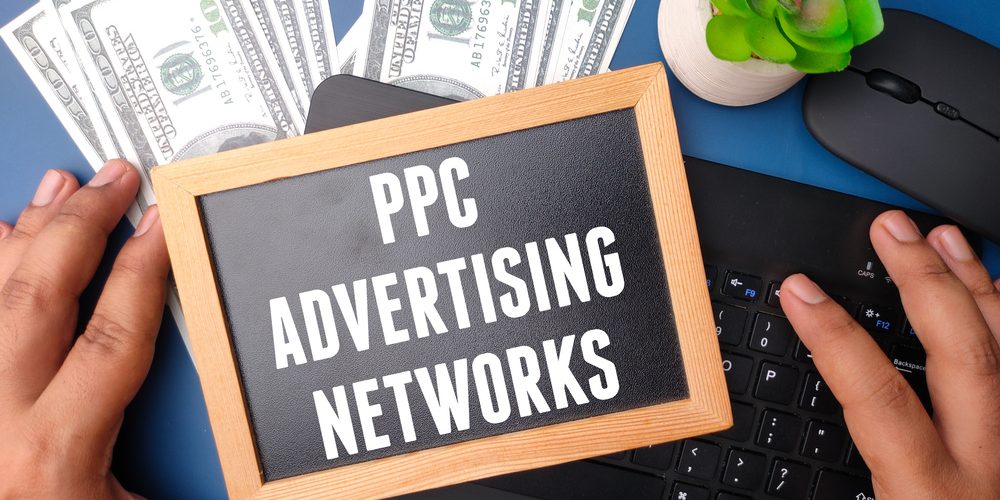WTF is traffic shaping?
Traffic shaping has been used within the ad tech industry for a while, particularly by supply-side platforms (SSPs) and demand-side platforms (DSPs) filtering out available programmatic ad inventory that isn’t quite up to snuff before passing them along to media buyers and advertisers.
Recently, however, a few publishers have started taking traffic shaping into their own hands for a variety of reasons, but with the ultimate goal of only putting their most premium ad inventory up for sale.
“If we are sending texts that don’t get answered up to the buy side, we need to curb that behavior… so that we can be better partners to those working to represent our inventory for us. Ultimately, if I send more bid requests to an SSP partner that can be won, I become a more profitable publisher partner to my SSP because they no longer have to filter out as many unwitting or unsellable requests from me,” said Justin Wohl, CRO of Salon.com, TVTropes.org and Snopes.com.
Traffic shaping can be boiled down to publishers being more thoughtful about what ad requests are sent to intermediaries like SSPs. But it’s a rather “squishy” term, according to John Shankman, founder and CEO of Hashtag Labs, a company that provides ad ops solutions to publishers as well as tools that enable publishers to undergo traffic shaping.
For the majority of time that traffic shaping has existed, it’s been left up to SSPs and DSPs to handle, which they did by filtering ad requests based on categories — like geographies, browsers, devices, etc. — that advertisers ask for specifically. Now, publishers are either building the capabilities in-house or using tools provided by companies like Hashtag Labs to start filtering and reducing the number of ad requests they send out in the first place, to unclog the programmatic pipeline, so to speak.
“The publisher has always been told to send out as many ad requests as you can,” said Shankman. “And really, traffic shaping is the opposite of that in the sense of, let’s think about where we send out ad requests and what we send them out for.” He added that this is an evolution of the industry where publishers are finally able to have some access to those controls.
Continue reading this article on digiday.com.










